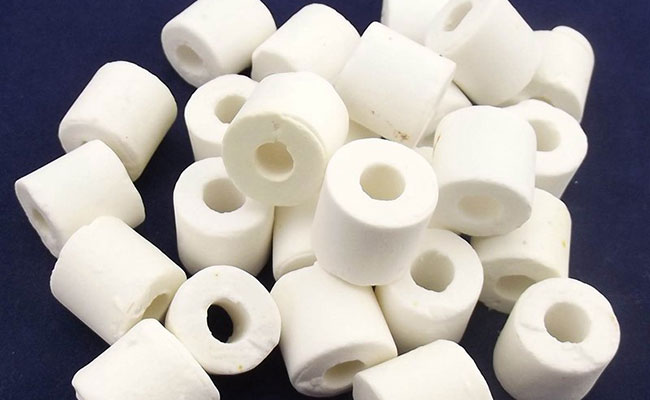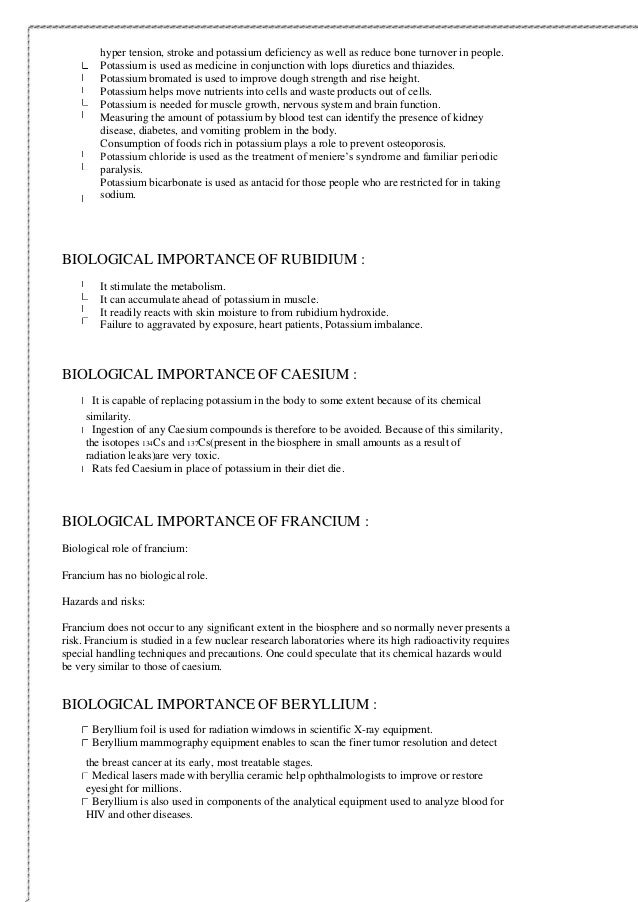While we use conducting metals like copper to carry electricity from place to place we have to use ceramics to insulate high voltage electricity in places like power plant generators and transformers.
Ceramic biological uses.
As a class of materials bio ceramics can be used in reconstructive approaches as a total artificial replacement for the hip knee shoulder elbow and wrist as bone plates bone screws and bone wires as intramedullary nails to repair fractures harrington rods to correct spinal curvature vertebrae spacers and extensors to correct congenital deformity as a way a fusing the spine to protect the spinal cord alveolar bone replacements mandibular reconstruction dental implants to replace.
Traditional ceramic raw materials include clay minerals such as kaolinite whereas more recent materials include aluminium oxide more commonly known as alumina.
Other examples of medical uses for bioceramics are in pacemakers kidney dialysis machines and respirators.
The modern ceramic materials which are classified as advanced ceramics include silicon carbide and tungsten carbide.
Both are valued for their abrasion resistance and hence find use in applications such as the wear plates of crushing equipment in mining operations.
Ceramics are now commonly used in the medical fields as dental and bone implants.
Joint replacements are commonly coated with bioceramic materials to reduce wear and inflammatory response.


.jpg)

























